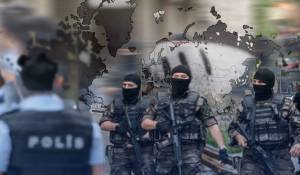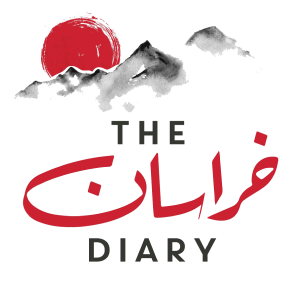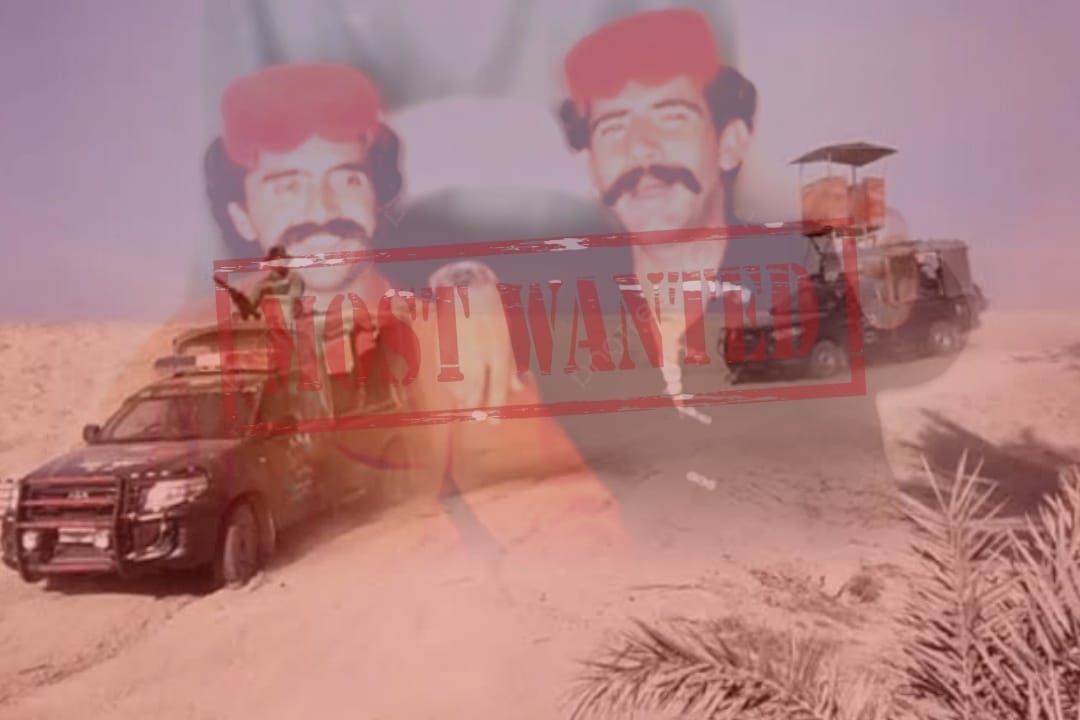
Ihsanullah Tipu Mehsud

January 01, 2026

In a bizarre turn of events, notorious dacoits in Pakistan, wanted by state authorities for various heinous crimes, including the recent killing of at least 11 police personnel and carrying a significant bounty, have brazenly launched their own YouTube channels to openly mock the authorities.
Pictures of Policemen killed in attack on August 2. Source: Punjab Police
In his videos, one of the dacoit leaders, Shahid Lund Baloch requests people to subscribe to his channel. “I am very grateful to my fans who subscribed to my channel and shared it with others and I promise you that I’ll post videos that you will love,” Baloch says. He further adds, “for those who can’t afford an internet package to see my videos, let me know, I will pay for it. But do subscribe to my channel.”
These local dacoit gangs, known as “Kachay kay Dakho/Daku,” operate across border districts of Punjab, Sindh and Balochistan engaging in attacks on police, burning down crops of wealthy locals, carrying out kidnappings for ransom, weapons smuggling and storming villages.
Despite government efforts to eliminate them since 2016, they remain active and unhindered.
Majid Nizami, a senior investigative journalist specializing in Punjab's criminal gangs while sharing his views with The Khorasan Diary, attributed the authorities' lack of success against dacoits to the parallel economy in districts where the dacoits operate.
“We cannot view the katcha dacoits in isolation; they are part of a larger nexus involving local influential people including political leaders and police officers."
This nexus, he explained, enables kidnapping, ransom demands and other criminal activities. Nizami emphasized that addressing the root cause requires replacing the local economy with a more positive alternative, as "until then, this cycle will continue."
Apart from promoting his own channel, Baloch also promotes another channel belonging to fellow dacoit, Muhammad Yar Lund Baloch, urging subscribers to follow it.
Screengrab of dacoits YouTube page
With over 16,000 subscribers on YouTube with one video seen by 30 thousand viewers, the channel has been reported by multiple Pakistani news channels and shared on social media networks, mocking the authorities for failing to eliminate the dacoits.
On August 22, dacoits launched a brazen attack, firing rockets at two police vans near the Camp 2 Matchka police station in Rahim Yar Khan, Punjab, killing 11 policemen and injuring 7. The incident occurred when 22 police personnel, en route to assume duty at Camp 2, got stranded after one of their vans became stuck in a puddle. As a second van arrived to assist, the dacoits ambushed them, according to District Police Officials.
In addition to his YouTube channel, Shahid Lund Baloch maintains an active presence on other popular social media platforms, including TikTok and Facebook, where he has garnered a significant following of nearly 16,000 users on both platforms till the filing of this report.
On these platforms, Baloch frequently posts content in which he speaks out against social injustice, advocates for human rights, and criticise the feudal system.
Screengrab of dacoits social media pages
The Punjab government has identified a list of “top 40” hardened criminals from the Katcha area and announced head money ranging from 10 million PKR per head to 5 million and then to 2.5 million, based on their crime profile. According to Pakistani media, the profile and identity of the gangsters were prepared by the Punjab police using intelligence reports from various law enforcement agencies.
Image Source: Government of Punjab
Following the attack on police, Chief Minister Punjab, Maryam Nawaz Sharif, vowed, “the terrorists involved in the martyrdom of police personnel will be taken to task.” A senior police officer, who has led operations against the dacoits in recent years in Rahim Yar Khan and Rajanpur districts of Punjab, shared his insights on the issue on condition of anonymity with The Khorasan Diary as he is not authorized to speak to media.
“The authorities' inability to eliminate the Kachay Kay Dakho/ Daku dacoits stems from structural issues but their response has been merely symptomatic. A long-term strategy is needed to address the root causes, rather than relying on short-term kinetic operations that only provide temporary solutions,” he said.
He further emphasized that the dacoits' persistence is also due to external support. "The dacoits' persistence can also be attributed to the support and patronage they receive from influential elites, including politicians from the area of their influence,” he revealed.
The police officer cited an initiative from his tenure, where the police department established a school in the riverine areas of Rojhan, Rajanpur, specifically for the children of dacoits. The school provided free books, free education and free lunch, which made it an instant success. The total cost of this mud school was only 0.2 million PKR, but its effects were far-reaching. Students were eager to attend classes even on Sundays.
Image Source: Official
Arshad Khan, a resident of Peshawar, spoke to The Khorasan Diary about his brother's kidnapping by dacoits from the Katcha area near Shikarpur, Sindh province.
"It's been 12 days since they took my brother. He is a driver. Dacoits are now demanding a 3-million-rupee ransom," Khan said.
Image Source: Family of Rashid Khan
Unable to pay, Khan has set up a donation camp outside his home, raising funds to negotiate his brother's release.
Regarding Shahid Lund and others, Nizami considered them "low-profile criminals" who shouldn't have hefty head money placed on them, except for the recent police attack, which prompted action. He described the katcha dacoits as operating in small, tribal and politically-affiliated groups, lacking a centralized leadership or unified organization.